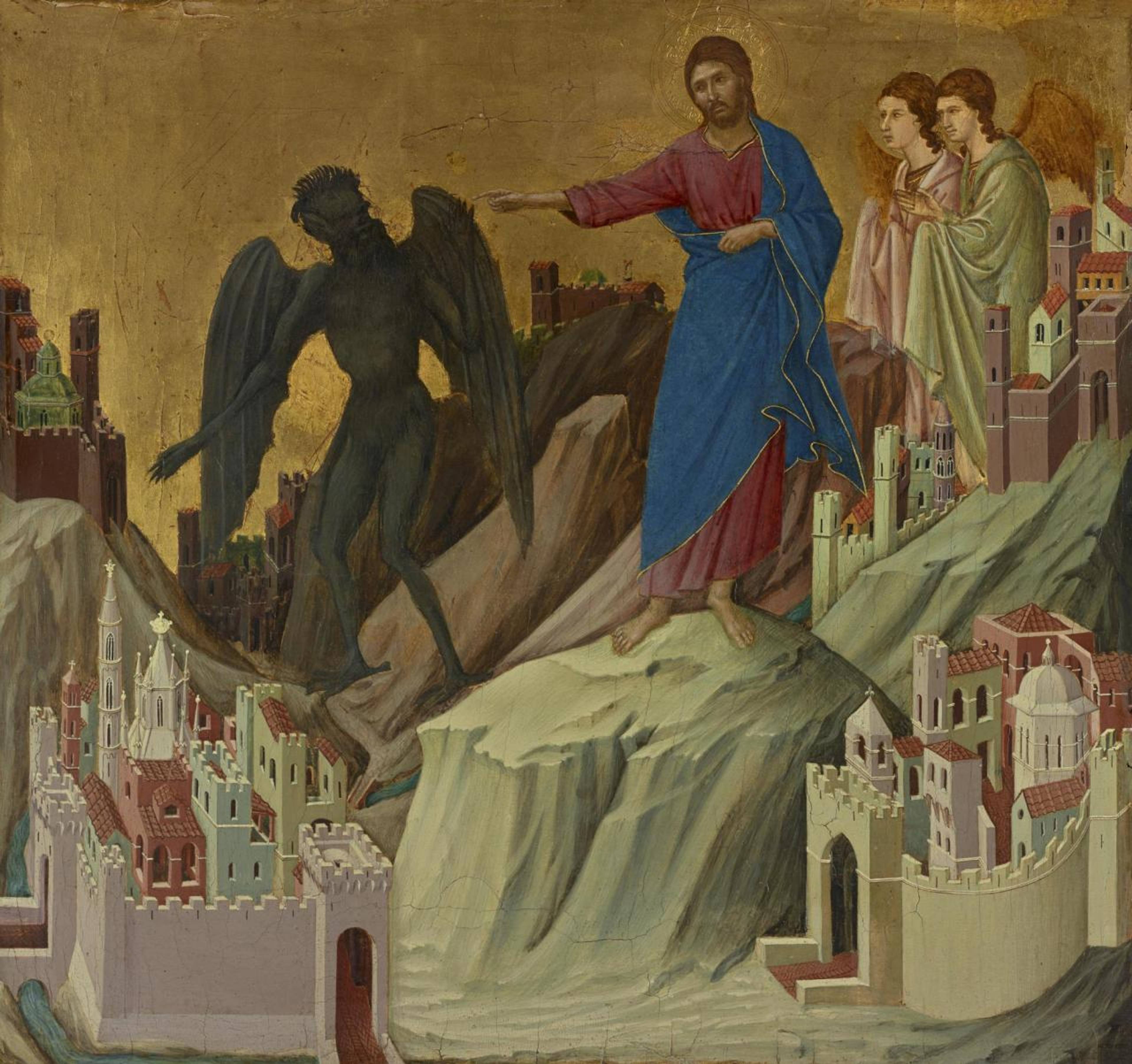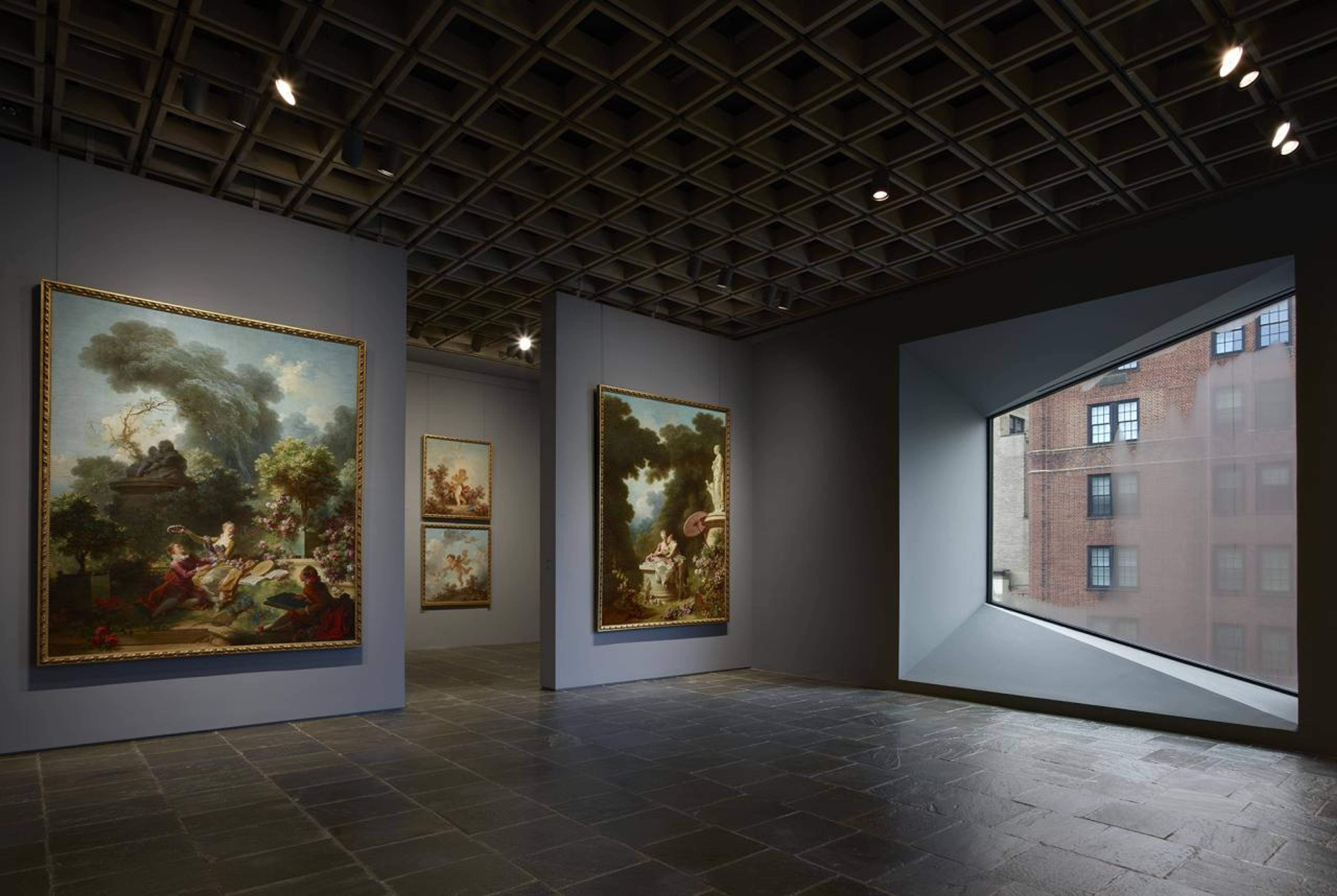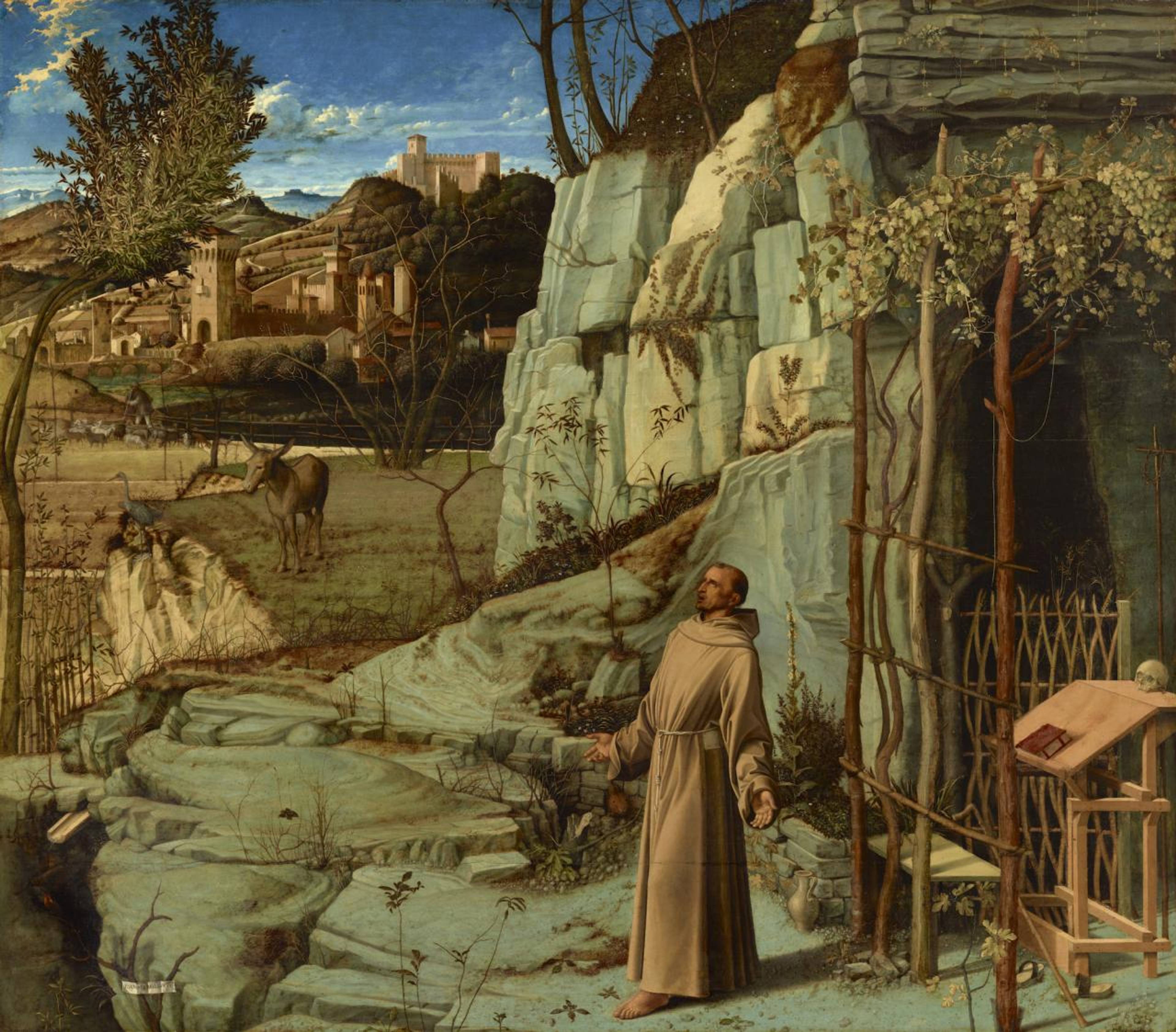Nothing to complain about this month, so I’ll write about someplace great. When New York was closed, I used to run through Central Park past the Met, past the Guggenheim, the Neue Galerie and the Frick, and imagine all the masterpieces inside without anybody there to look at them, apart from a few guards, and some conservators perhaps. Most won’t have been so under-appreciated since they were first unveiled. However the Frick mansion, it turned out, was at the time being emptied out, and moved (for three years) into the old Met Breuer: the striking brutalist space designed by Marcel Breuer in 1966, originally for the Whitney, and later taken on by the Met, and now the Frick. “Breuer’s concrete shrine,” says the guidebook. There’s probably not a building in the world that’s contained, over the past 60 years, such a great variety of brilliant artworks. Now, in its latest incarnation as the Frick Madison, six centuries of European art history (plus some Chinese porcelain, Indian Mughal carpets, a few clocks) are condensed into twenty-six small rooms, some containing only a single image.
It felt right to be talking Ponzi schemes surrounded by Fragonards – like a real slice of Upper East Side life.
On the fourth floor is a Whistler portrait of Robert de Montesquiou, the most decadent aesthete and inspiration for the characters of both Jean des Esseintes, in Huysmans’s À rebours , and Baron de Charlus, in Proust’s À la recherche du temps perdu , who feels like the embodiment of this collection dedicated, above all, to beauty, and splendor: two golden pheasants painted by Louis-Denis Armand l’aîné on Sèvres porcelain by Jean-Claude Duplessis, for instance, or fantasies of aristocratic love in the French countryside. Beautiful things. Someone I’d never met, a young artist, came up to me in the Fragonard rooms, by the large slanted window, and told me that she loves the rococo period, and also that she was making an NFT work that was also a Ponzi scheme, and everyone involved would make money, apart from one unlucky person, and so I gave her my card and told her I’d like to invest, and I’d tell all my friends to invest as well. It felt right to be talking Ponzi schemes surrounded by Fragonards – like a real slice of Upper East Side life.
Jean-Honoré Fragonard, The Progress of Love, 1771–91, at the Frick Madison
On the opposite side of the building, sandwiched between two Turners, is John Constable’s moment of English pastoral bliss The White Horse (1819). Sat on the leather bench facing it, I felt I could hear the birds singing in the trees, see the clouds rolling over the sky, and remember my home and my childhood. A couple came to look at the painting, and the wife told her husband that Constable was so tortured by Turner’s success; like Billie Holiday and Ella Fitzgerald, she said. That made me like him even more. I’m tortured by others’ successes as well. And I prefer Constable. In this little room, four different ages are counterpoised: Constable’s sleepy, humming old England; Turner’s vision of a swirling new art of light and feeling; the modernist dream given form by Bauhaus architecture; and the present, the now, the sign on each bench saying, “PLEASE KEEP YOUR DISTANCE, STAY 6 FEET APART.” We have to keep our distance from one another. However, in these half-empty halls, you can really get close to the paintings. There are few other places I’ve been to where you’re so allowed so close, and the attendants don’t even raise an eyebrow, just watch calmly on.
Downstairs on the Italian floor, you can hover over Cimabue’s pockmarked little medieval Flagellation of Christ (ca. 1280) and see each of the pinpricks that pick out his halo. You can lose yourself in Duccio di Buoninsegna’s magical Temptation of Christ on the Mountain (1308-1311), where the halo is inscribed with pin-spirals and patterns. Christ of the spiraling halo is banishing the ashen Devil, while two angels in the corner look on. All four of them tower over hill towns the colors of marshmallows like giant Evangelions. The sky is gold. While I stood there, an old fellow with a folded handkerchief in his top pocket came over and remarked that the angels in the corner weren’t supposed to be there, how they were added later, and throw everything off balance, how much more powerful the image would be without them. “Okay, I have to go now,” his companion said. And when they’d moved on, another lady came over and said that she didn’t know that about the angels. Neither did I, but they do look wrong. They’re too bright, their wings are too large.
There’s a fantastic short Peter Schjeldahl interview, recorded to accompany the essay he wrote about art and life when he was diagnosed with cancer, in 2019, in which he describes being taken by a painter friend on a Piero della Francesca tour of Central Italy, and stopping in a small cemetery chapel in Monterchi in Arezzo, to see the pregnant Madonna, and how that changed everything for him. The whole conversation is a powerful assertion of the glory of art. Though you can’t quite recreate such an experience here, you can still peer all the way into a della Francesca crucifixion, right on Madison Avenue, and have a lot of time and space with the mystical objects, and can really bathe in their aura. Nothing is behind glass. There are few labels (names of artists and works are often painted right onto the Frick’s old frames), no dates, and no interpretation on the wall. No didactics. No barriers or alarms. No pictures are allowed, so all you can do is look closely, and talk to whoever’s around. It’s a pure experience. You’re really confronted with the materiality of each painting. You can see the wood panels cracking.
The light flows in, the auras flow out.
The golden Cimabue, Duccio, and della Francescas are displayed in a tiny room on the third floor. One floor up is the room with just four Whistlers. Below is a small recessed room with just three Vermeers. They’re made from partition walls painted drab grey, and none are any larger than they need to be. Each has been cut to fit the paintings intimately. The whole building feels like it’s formed around the collection, rather than the other way around. But two of the large slanted windows have been left uncovered, and they face the collection’s two standouts: the Fragonards on the top floor, and Bellini’s St. Francis in Ecstasy , his St. Francis in the Desert (1476-78), on the floor below, in a room of his own, by a window of his own.
Light wipes across the Bellini as you approach it. In its far corner is gorgeous blue sky. The hillside is pale turquoise-grey, silky, hard, flowing. St. Francis’s left foot is forward, his heel raised off the ground. He looks up, in rapture, at something we cannot see, and may never see. He’s facing right out the window, toward the sunlight. He is in ecstasy.
Giovanni Bellini, St. Francis in the Desert, 1476–78, at the Frick Madison
Placing masterpieces by the trapezoid, hazy windows also serves to emphasize the wonder of the city outside. The light flows in, the auras flow out. Everything here is a material part of the world, and a representation of a scene believed, or dreamt, or hoped, to have really taken place in the world. Every leaf on Bellini’s tree is picked out, like the trees bursting into life outside, their white and pink blooms recalling last spring’s empty streets. St. Francis could talk to the birds. Two pigeons flap on the windowsill. A man sits in front of, for me, the greatest painting in New York (though Demoiselles d’Avignon is sublime too, and Three Musicians , and a hundred others) playing chess on his phone. You can sit here for a long while undisturbed. There’s so much beauty in the world: this Bellini, among the most beautiful remnants of the fifteenth century, which you can go and sit with; the perfect grids of round lights in the lobby’s concrete ceiling; the blooming trees outside, the flowers in the park; the skyscrapers; spring; the people everywhere; everyone’s ideas. The world opening up. Before I went, a woman came in to see St. Francis, the same woman from earlier, who hadn’t known about Duccio’s angels, and turned to her friends and said, “I’m getting very excited about my trip to Italy.”
Giovanni Bellini, St. Francis in the Desert, 1476–78





